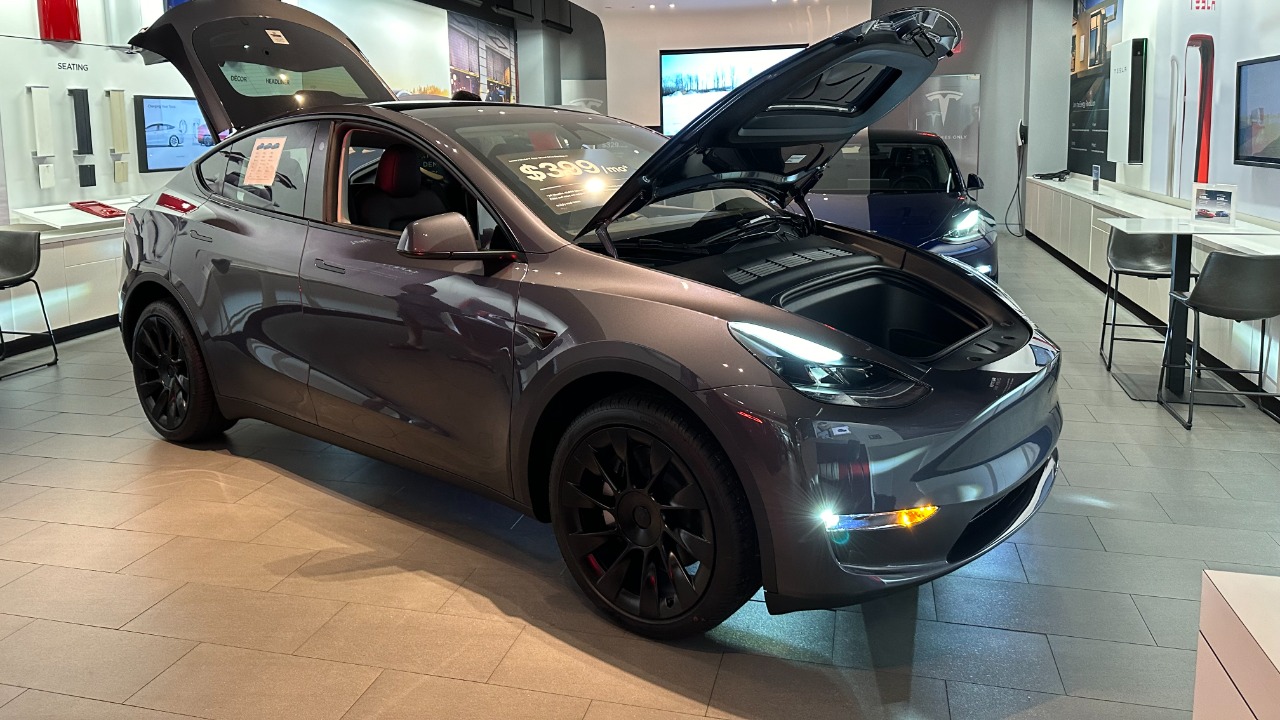
As electric vehicles (EVs) continue to gain traction, a recent study has shed light on a critical aspect of their performance: battery range retention over time. The study, published on November 16, 2025, reveals that Tesla models significantly outperform competitors like Ford, Chevrolet, and Hyundai in maintaining their battery range after three years of ownership. This real-world data analysis underscores Tesla’s edge in long-term battery durability, challenging the notion that all EVs suffer rapid range loss over time. As EV adoption grows, these findings highlight critical differences in model performance for prospective buyers prioritizing longevity.
Understanding EV Range Degradation
Electric vehicle battery degradation is a complex process influenced by various factors, including charging habits and climate. According to the three-year study, most non-Tesla models experience a 10-20% range loss after three years. This degradation is influenced by the type of battery chemistry used in the EVs, with some lithium-ion variants retaining more capacity than others.
For instance, the study’s aggregated findings indicate that certain lithium-ion batteries, due to their specific chemistry, are more resilient to degradation. This resilience is reflected in the real-world data, with these batteries showing less range loss over time compared to other types.
Tesla’s Battery Longevity Edge
Tesla’s electric vehicles, particularly the Model 3 and Model Y, stand out in the study, retaining over 90% of their original range after three years. In real-world use, these models show only a 5-8% loss in range. This impressive performance can be attributed to Tesla’s proprietary battery management systems and over-the-air updates, which help maintain battery health and minimize degradation.
For example, the study includes data from Tesla owners reporting that a Model S can maintain a range of 350 miles even after 36 months of use. This real-world evidence supports the claim of Tesla’s superior battery longevity.
Competitors’ Range Retention Challenges
While Tesla leads the pack, other brands face challenges in maintaining their EVs’ range. The Ford Mustang Mach-E, for instance, experiences around a 15% range loss after three years, dropping from an initial 300 miles to about 255 miles. Similarly, the Chevrolet Bolt EV shows a 12-18% degradation, influenced by frequent fast-charging in fleet data.
The Hyundai Ioniq 5 also faces range retention issues, with the study indicating a 10-14% loss. This degradation is linked to the vehicle’s battery preconditioning limitations, which affect its ability to maintain optimal battery health over time.
Factors Influencing Three-Year Range
Several factors can influence the rate of EV battery degradation. The study shows that environmental conditions, such as extreme temperatures, can accelerate degradation by up to 2% more annually for non-Tesla EVs. Charging practices also play a role, with excessive use of DC fast-charging correlating with a 5-10% higher range loss across brands.
Additionally, the study reveals that high mileage accumulation can exacerbate degradation. Vehicles that clock more than 30,000 miles in three years tend to experience more significant range loss, highlighting the impact of usage patterns on battery health.
Real-World Data Collection Methods
The study’s findings are based on a robust methodology involving over 10,000 EVs tracked via telematics and owner apps. Range was measured using EPA-rated originals versus current full-charge estimates to ensure accuracy. The study also accounted for diverse driving conditions, from urban commutes to highway travel, providing a balanced view of real-world EV performance.
Implications for EV Buyers
These findings have significant implications for prospective EV buyers. For those prioritizing long-term range stability, Tesla models emerge as the clear choice based on the study’s data. Furthermore, Tesla’s warranty coverage for batteries, guaranteeing 70% retention after eight years, aligns with the three-year data showing even better performance.
The study’s findings also suggest that lower degradation in Tesla models could boost their resale value, making them a more attractive investment for buyers.
Future Trends in EV Battery Tech
Looking ahead, advancements in battery technology could further reduce degradation. Solid-state batteries, for instance, hold promise for improved range retention. Meanwhile, competitors are not standing still. GM, for example, is investing in better thermal management to close the gap with Tesla, as indicated by the study’s findings.
With the baseline established by this study, the goal for next-gen EVs could be to achieve less than 5% range loss in three years. As the EV market continues to evolve, such benchmarks will be crucial in guiding future developments and consumer choices.
More from MorningOverview